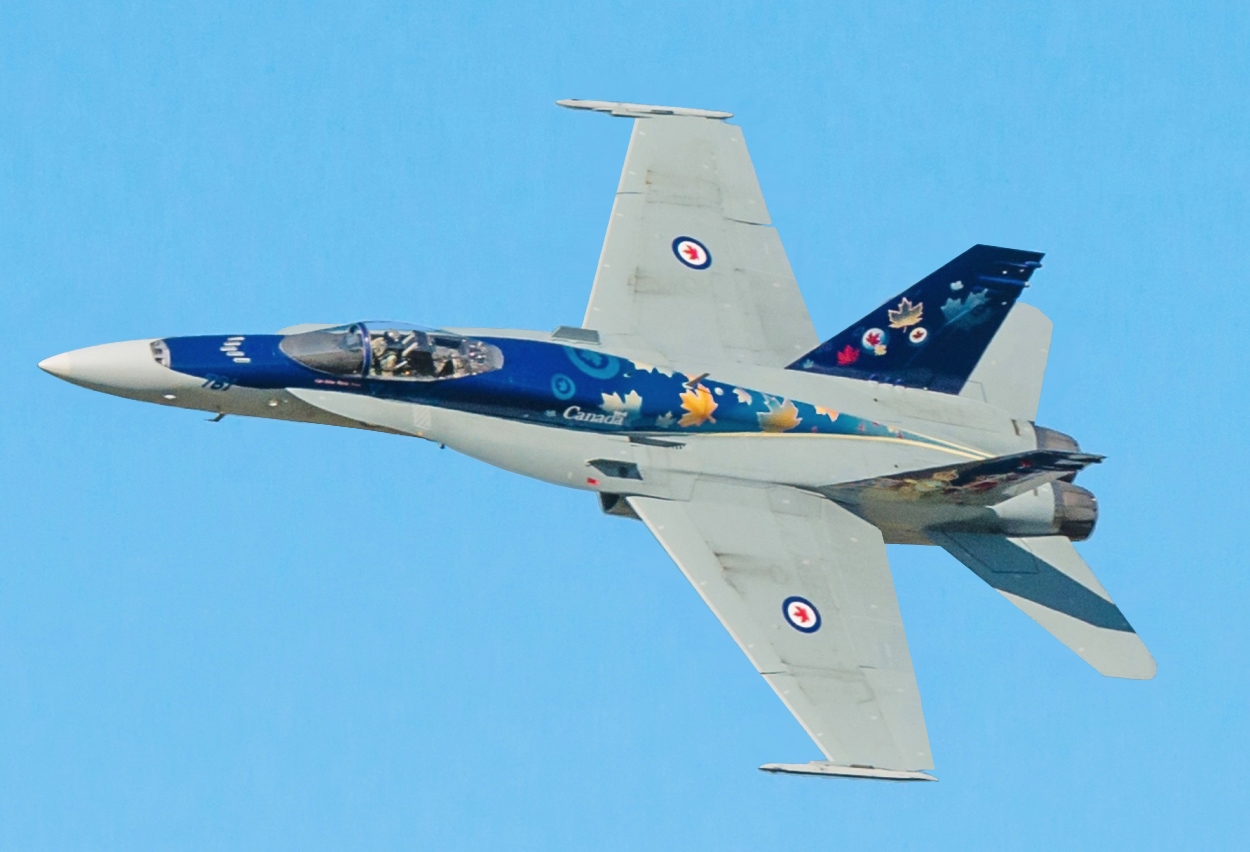The U.S. Air Force finally shot down the Chinese ‘spy balloon’ using its fifth-gen fighter jet, F-22 Raptor, Secretary of Defense Lloyd J. Austin confirmed.
Earlier, a second Chinese spy balloon was spotted soaring over Latin America, one day after the U.S. Pentagon revealed that a spy balloon had entered the United States airspace several days ago and was seen floating over Montana.
Shortly after the incident was officially reported, a diplomatic showdown began between the two countries. While the U.S. secretary of state, Antony Blinken, postponed a visit to China, officials in the Chinese Foreign Ministry said U.S. accusations were an unwarranted “hype” meant to smear China.
As previously reported by EurAsian Times, the balloon’s stop at Montana is significant as it is home to Malmstrom Air Force Base, which houses one of three nuclear silos in the United States.
The defense officials also informed the media that the U.S. Air Force scrambled its F-22 stealth fighter jets to intercept the surveillance balloon. However, they decided not to shoot it down earlier for fear of debris falling on the people on the ground.

The incident sparked a frenzy among American politicians and civilians who took to social media to chastise the Biden administration for not eliminating the hostile intelligence-gathering balloon. Some netizens even pointed out how it was “amusing” that a superpower was using balloons to spy on another superpower.
Most social media users and military enthusiasts called on the Biden administration and the Pentagon to shoot down the balloon, which is alleged to be the latest Chinese attempt at stealing military information by hovering over vital defense installations.
?#BREAKING: Incredible HD footage of the Chinese surveillance balloon being shot down
?#MyrtleBeach l #SC
Watch incredible HD video of the moment when the Chinese surveillance balloon was shot down by a single missile from an F-22 fighter jet from Langley Air Force Base pic.twitter.com/KjwTrgcvcb
— R A W S A L E R T S (@rawsalerts) February 4, 2023
However, specialists believe that shooting the balloon was not feasible. William Kim, a specialist in surveillance balloons at the Marathon Initiative think tank in Washington, said, “these balloons use helium… It’s not the Hindenburg, you can’t just shoot it and then and then it goes up in flames,” referring to the airship accident that occurred on May 6, 1937. The airship used hydrogen gas that burned out within about 90 seconds.”
This means that if U.S. fighter jets try to shoot it down and punch a hole, it might still stay in the air, with its helium leaking very slowly.
The outrage on social media and the frustration is palpable. This incident has reminded the world of another “balloon incident” that rocked the global north more than two decades ago.
A Balloon That The Fighter Jets Couldn’t Shoot Down
More than 25 years ago, a gigantic runaway weather balloon presented a massive challenge for two fighter jets when they attempted to shoot it down.
The balloon continued to float in the air despite being hit by more than 1,000 rounds of ammunition in an uncanny incident that shocked the world.
According to a report by the Associated Press, a research balloon measured the amount of ozone in Canada. In August 1998, it took off and flew across Canada, the Atlantic Ocean, and even the British airspace before it finally entered the Icelandic airspace and drifted northwards.
Since the balloon went rogue, over 1,000 rounds were fired at it by two Royal Canadian Air Force (RCAF) CF-18 fighter planes after they spotted it over Newfoundland. The balloon was finally struck by the aircraft, but instead of popping or exploding and falling to the earth, it leaked helium very slowly and remained suspended in the air.
Although the balloon was roughly the size of a 25-story building, a spokesperson for the Canadian military named Lieutenant Steve Wills told BBC that it was challenging to target it. “With something like this, which is stationary in the air when the CF-18s are flying very, very fast, it is difficult to shoot it,” Wills said.

While the CF-18s trying to hunt the balloon down were reportedly equipped with air-to-air missiles, the pilots refrained from using them, according to Canadian Major Roland Lavoie. “Citizens would not have appreciated having a missile blowing over their heads,” he said.
According to other media reports, a helium balloon also survived encounters with British and American warplanes.
In contrast to the 1998 incident, the recently spotted spy balloon over the United States is known to be as big as three large buses. However, unlike the 1998 incident, the US F-22 Raptors were scrambled from Nellis Air Force Base but did not attempt to shoot it down.
Eventually, USAF F-22 Raptor fired the Sidewinder missile at the Chinese balloon from an altitude of 58,000 feet. F-15 Eagles flying from Barnes Air National Guard Base supported the F-22, as did tankers from multiple states. This was the first kill for the F-22 Raptor.
- Contact the author at sakshi.tiwari9555 (at) gmail.com
- Follow EurAsian Times on Google News




